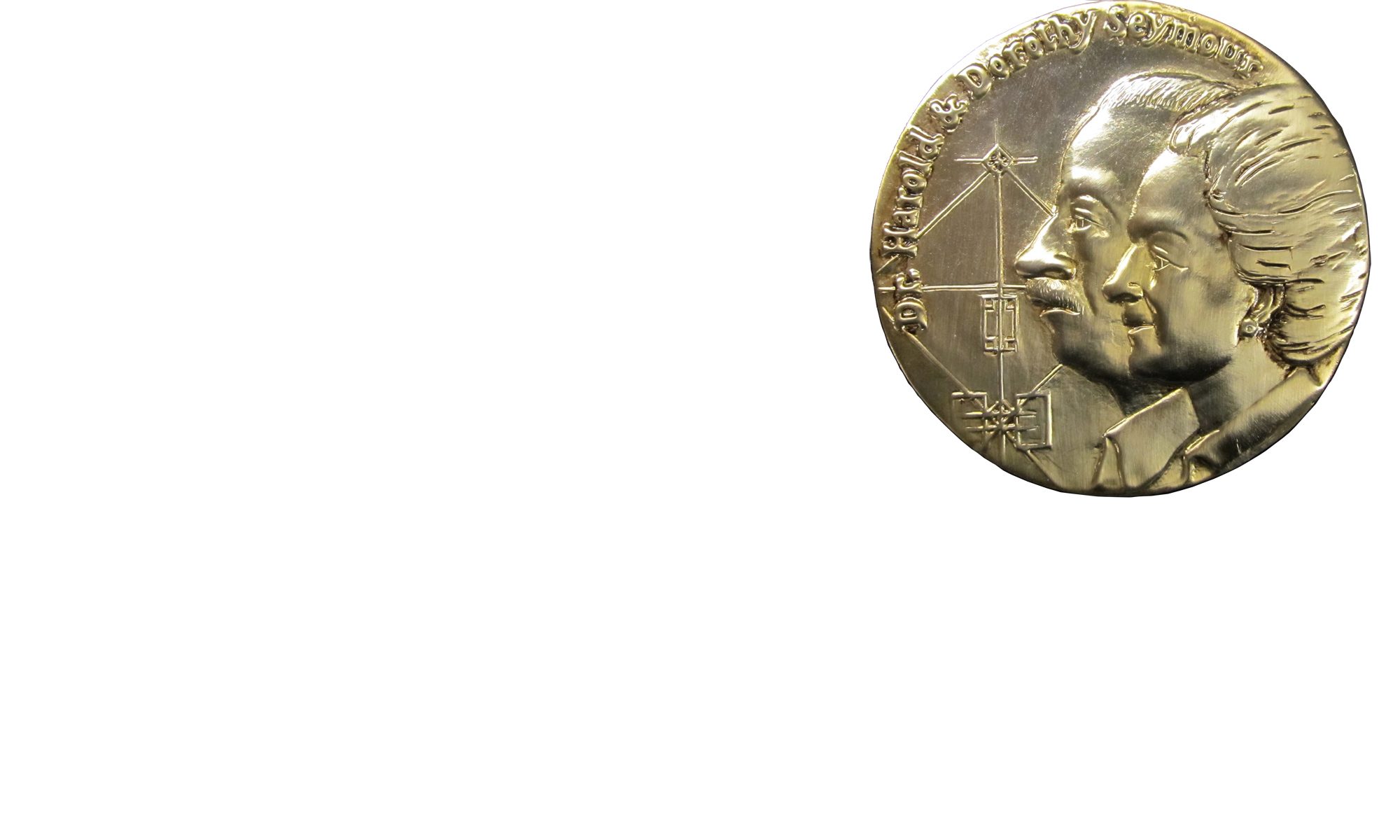Invitation to Fans
Seymour had always received fan mail, but when he was in his final years I determined that he would receive even more. Through the SABR newsletter I announced that because of poor health he was receiving therapy at the McKerley Center in Keene, New Hampshire, and asked that people write him. A flood of mail came in, mostly appreciative letters from readers but some also from other authors. In my daily visits to Seymour at the Center, I took these letters with me and read them to him, hoping that, as well as giving him pleasure, they would keep his mental faculties functioning.
What Fans Wrote
Many fans wrote describing their interest in Seymour’s books. Ken Carrano of Elgin, Illinois, told Seymour, “What most impresses me about your books is not the accuracy of the information but the ease in which it is presented. Your love of the game of baseball leaps off every page and takes the reader on a wonderful ride.”
Lowell Blaisdell of Denton, Texas, a retired history professor who had produced some baseball articles of his own, wrote, “You are clearly the single best baseball historian-better than Voight, James and the Sabremetrics.”
Joe Naiman of Lakeside, California, said Seymour’s work is “the most comprehensive series I’ve ever read . . . in baseball or outside of baseball. No serious baseball library is complete without it.”
Scott McClellan of Marietta, Georgia, said he greatly enjoyed Seymour’s baseball series, especially The People’s Game. Stephen Murdock of Sterling, Massachusetts, said he thought, when he discovered that The People’s Game wasn’t about the majors, that he’d be disappointed, but “it turned out to be my favorite of the three, a wonderful book,” adding “a hundred years from now someone will draw pleasure from your work.”
Professor Richard L. Miller wrote that, in teaching a course at the University of Cincinnati on Baseball and American Culture, always points out that Seymour is “the best researcher that baseball has ever known.”Dan Gutman of Haddonfield, New Jersey, who was writing a baseball book for children, said, “I admire your work very much.”
Their Own Research
A fan named Joseph Page of Monponsett, Massachusetts, wrote about the research he was performing about his father, “Lefty” Lou Page, and asking for suggestions. He enclosed a copy of a letter from Birdie Tebbetts recalling that Page was “a standout” in games in East Douglas, Massachusetts, the year he won 30 games. “In our day,” Tebbetts pointed out, “major league players would play [in small towns] on off days, or after the season.” This point fit in with information published in Seymour’s books.
Irving Stein of Skokie, Illinois, wrote in the month of Seymour’s death, “It was you who recommended my getting in touch with [publisher] William C. Brown to get my manuscript published on Buck Weaver [The Ginger Kid].” And Publisher Stephen Lehman of William C. Brown Publishers, Madison, Wisconsin, praised Seymour’s “groundbreaking work” and wrote of his gratitude for Seymour’s having referred Irv Stein to him.
Kevin Seymour (no relation) of Carey, North Carolina, announced “you were an inspiration to my joining SABR” and said he was pursuing several baseball projects of his own. Neil D. Isaacs of Colesville, Maryland, said he was writing a book about batboys for major-league teams and wanted to include Seymour in it.
A science professor at Queens University, Ontario, Canada, Stephen Murphy of Kingston, wrote that he was nearing the completion of his doctorate in biology but always pointed to Seymour’s work in history as a vindication of his own interest in baseball. “You and your work are still important after all this time. . . . I recommend your books to my science students as one way to learn to analyse evidence in a critical fashion.”The
The Potato Play
On a lighter note, John M. Lewis of Norman, Oklahoma, wrote that he loved the story Seymour told in Baseball: The People’s Game about making “the potato play,” a kids’ trick in which at a critical point in the game one player substitutes a potato for the baseball.
Requests
James Roberts, President of Radio America in Washington, wrote saying he planned a series of radio programs on baseball history and asked that Seymour become the key participant, saying “you are the obvious choice.” Roberts was still seeking funding, however, and I believe the project never got off the ground.
Well-known baseball persons wrote or called. Richard Topp of Niles, Illinois, then president of SABR, asked if he could drop by for “a hot stove conversation.” Writer Leverett T. Smith, Professor of English at North Carolina Wesleyan, wrote congratulating Seymour on Baseball: The People’s Game. Professor Eugene Murdoch wrote of his gratitude for Seymour’s kind words about his book on Ban Johnson.
Foreward March
Ethan Casey, co-author, with Michael Betzold, of the book Queen of Diamonds: The Tiger Stadium Story, wrote from Michigan in July of 1991 asking Seymour to write a foreword to the book. Although he could no longer write, Seymour gave me an idea of what he wanted to say, and I wrote the preface. This contact with Casey was the first of many that blossomed into my friendship with him through his on-line literary e-zine, Blue Ear.
Seymour and I collaborated in the same way on the preface to a book published by SABR in 1991, Run, Rabbit, Run; The Hilarious and Mostly True Tales of Rabbit Maranville, an autobiography prepared with help from Bob Carroll and John Holway. Seymour had seen Rabbit play and loved being able to tell about his memory of this colorful character. John Holway wrote thanking Seymour for writing a “great preface” for his Maranville book.
Final Tribute
Seymour’s long-time friend from boyhood, Herb Wittkin of New York, wrote him just two months before Seymour’s passing, “You were a pioneer in an area only a visionary would dare enter . . . . Now, of course, everyone has jumped on the bandwagon.”

